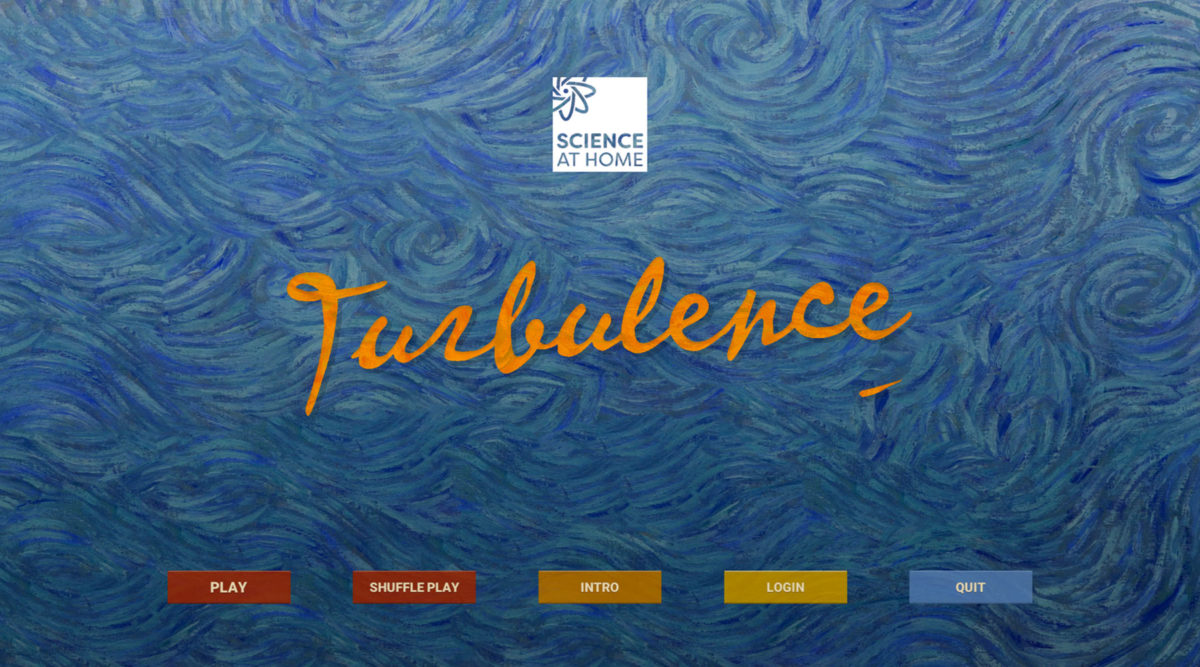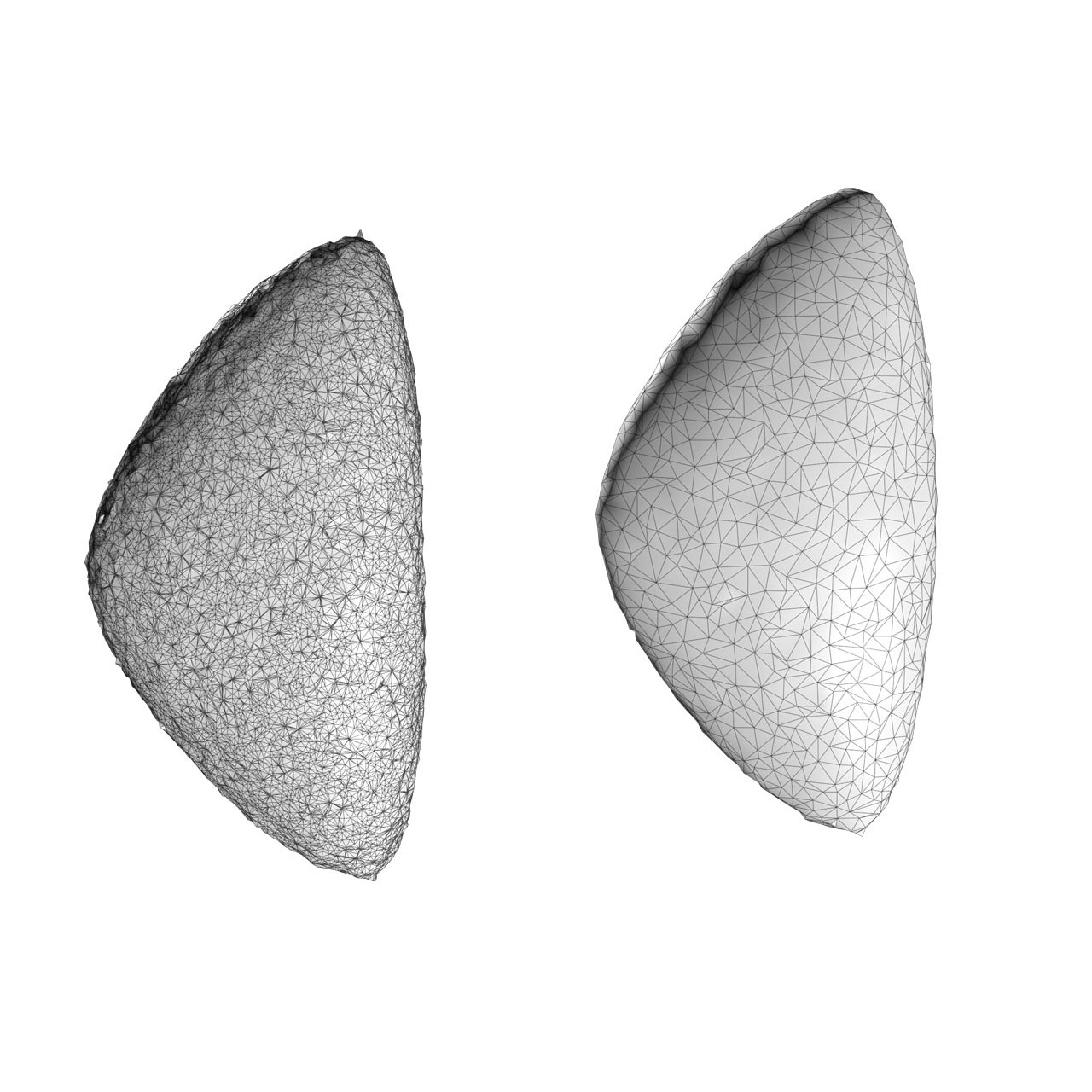Turbulence
a citizen-science game about fluid dynamics
I was asked to help bring 3D technical expertise and spatial interaction design to a citizen-science research project developed by the Neils Bohr Institute and Aarhus University. The science community is developing tools for engaging gamers and the non-scientist public involved in principal physics research. This most recent game, Turbulence, is a fluid dynamics experiment about vorticity. Read more about the game play and physics explanation here: Science at Home – Turbulence
(The game launched mid-September 2017. More levels to come in 2018)
My role focused on translating and presenting the 3D physics data for the game. Both physicists and game developers are very skilled at manipulating and designing in 3D with their respective experiments and in their distinct lexicons. However, they needed a skilled 3D designer to help translate between the two, bringing heavy 3D physics data into a low(er)-poly, Unity-viable game world.
With both my computational geometry skills as well as an experience design eye, I helped in both technical areas and design considerations for the 3D experience. Technically I created a custom mesh pipeline for translating physics data into game assets – exporting, decimating, and processing procedurally-generated meshes for the game developers. In parallel, I also sketched out what the user experience may be like for navigating, sifting through, and manipulating 180,000+ amorphous objects.
This progression above shows the processing operations of the turbulent meshes to prep them for exporting to the game.
It was neat to see the behind the scenes technical science and details behind the game, and then see the reception in the science and gaming community once it was out in the world.
















